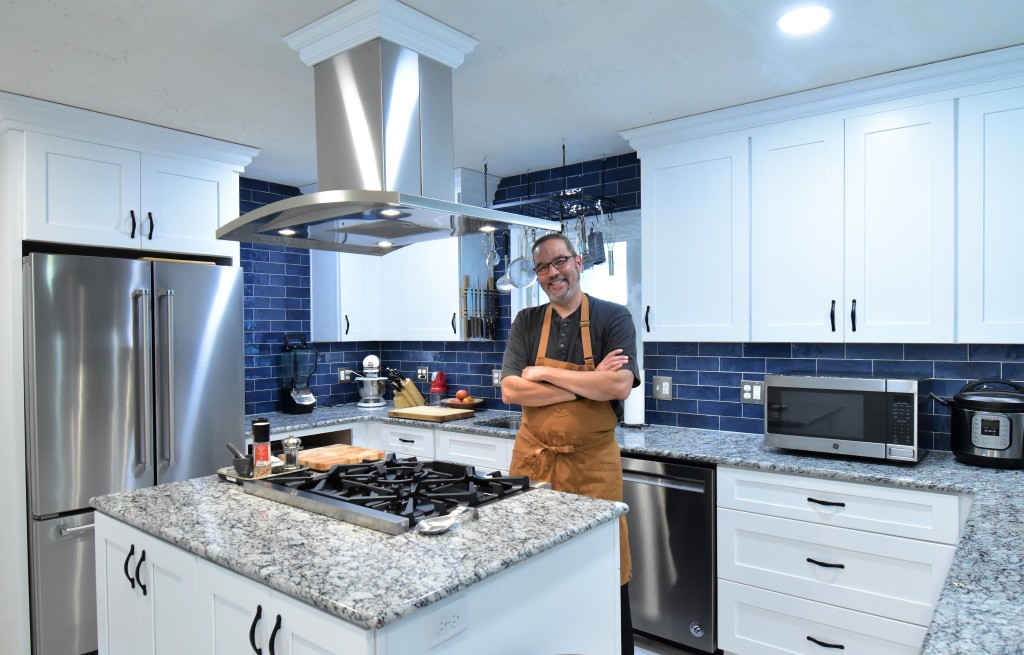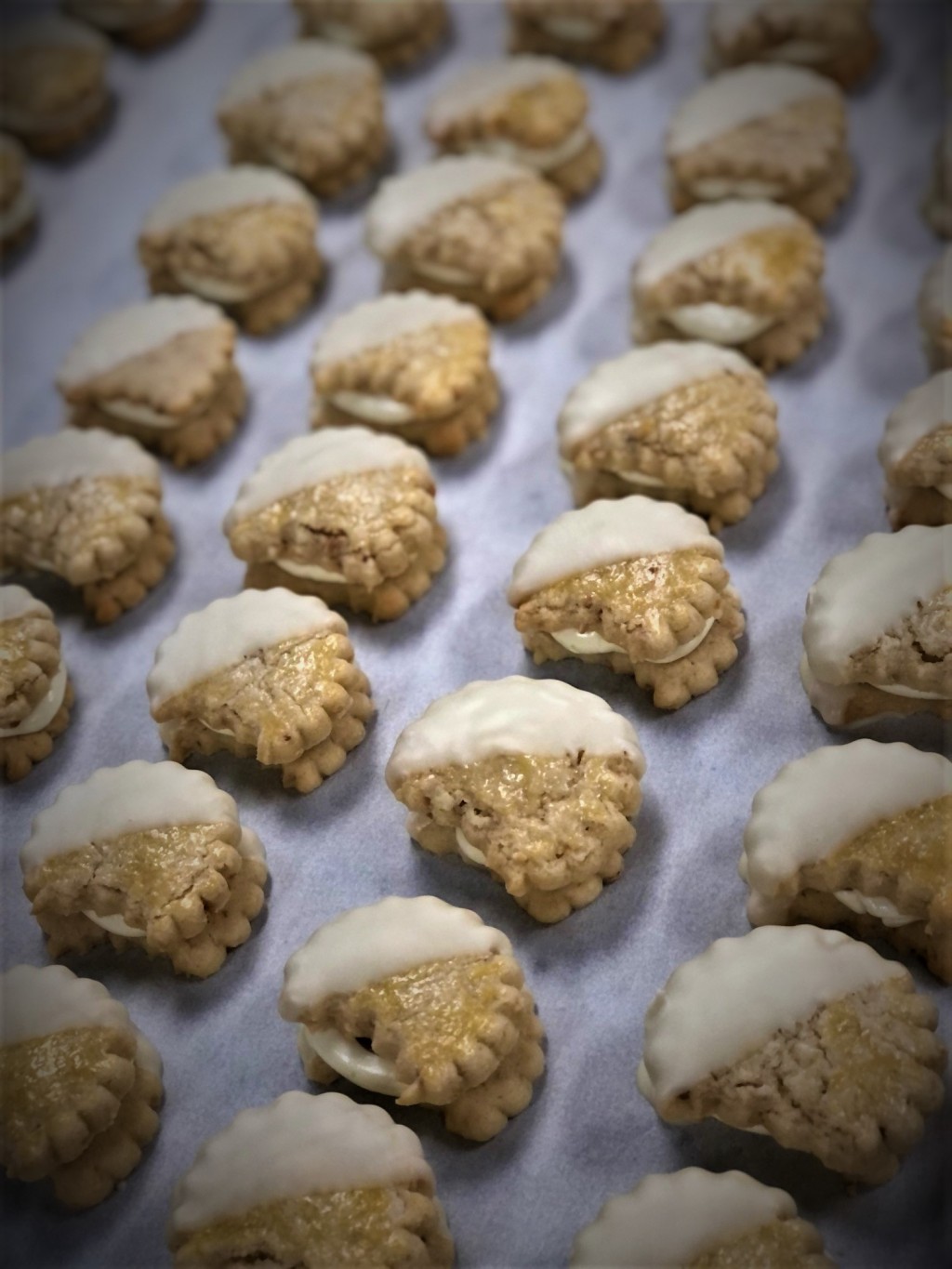
Inflation is running rampant and food costs are rising to historic levels. Improving and learning more about cooking and baking from scratch will save you money, increase your health and make your food taste better. As a professional chef, many of the ways that I have used to cut food costs in professional kitchens can also work at home. Here are 12 ways to cut your food cost and improve your diet for a healthier life.
- Cook more with grains, legumes, and rice. Most of us love foods that are made with flour like pizza, pasta, and sandwiches made with wheat bread. However, flour is going to become much more expensive with the war in Ukraine. Learn how to make rice dishes like paella, jambalaya, stir fry rice, etc. Buy dried beans and legumes and cook them yourself instead of using canned beans which are more expensive and not as healthy.

- Learn how to fabricate your own meats and fish then buy large sub-primal cuts like pork loins, top sirloins, whole legs, whole chickens, and skin-on whole filets of salmon. Then cut, marinate, and freeze. Additionally, use cheaper cuts of meat such as flat iron steaks, thigh meat, turkey, etc.



- Learn how to use leftovers to cook in tasty ways. Enchiladas, pasta dishes, soups, stir fry dishes, etc. Purchase and learn how to cook in a slow cooker like an Instant Pot or Crock-Pot. Make stocks and broths whenever possible and use them in soups and sauces or in rice dishes to increase the flavor.
- Cook in large batches, portion, and freeze – chili, stews, soups, lasagna, etc. Invest in a vacuum sealer to extend the freezer life of your food and inhibit freezer burn.
- Control over production – don’t cook more than you will eat whenever possible. That is of course if you do not have a plan for your leftovers. Take rice for example: instead of cooking a cup of rice which is the standard recipe on most rice containers try cooking a half cup. The perfect portion for two sides of rice.
- Cut your own vegetables, lettuce, and fruits. Whole heads of lettuce will last longer and are much cheaper if you buy them whole instead of pre-chopped. This goes for fruit as well.
- Learn how to make your own desserts or dessert toppings instead of buying premade desserts, cakes, pies, etc. Some easy desserts that take minimal equipment and skill are cobblers, crepes, cheesecakes, pies, poached fruits, cream puffs, bread pudding, and dessert sauces such as chocolate, caramel, or fruit sauces.



- Organize your refrigerator and freezer to minimize waste- try using inventory lists on your refrigerator. This will help you to rotate your food out before it becomes too old, or freezer burned.
- Grow some of your own food if possible. Focus on vegetables that are easy to grow and produce high yields. Tomatoes, squash, potatoes, lettuce, cucumbers, Swiss chard, and herbs and learn how to preserve them by freezing, drying, pickling, and making sauces. Many of these can be grown in containers like 5-gallon plastic buckets or pots if yard space is an issue.





- Compost your vegetable and fruit scraps and use them in your garden, mix with equal parts dry brown matter such as leaves or shredded brown paper, and turn frequently, perhaps in a compost tumbler. Coffee grounds and eggshells work well in compost as well. Don’t use any meat scraps or citrus fruits.
- Don’t buy convenience foods such as rice mixes, dressings, frozen dinners, etc. Make them yourself. They will taste better and save you money.
- When shopping- Instead of buying what you want or items that are listed on specific recipes buy items that are on sale (loss leaders), buy in bulk when possible, however, do so only if you can use the food before it spoils, purchase produce that is in season. Don’t shop when you are hungry so as not to impulse buy foods that are more expensive or risk purchasing too much.
Cooking more at home can be very joyful. If you have children cook with them to increase your family time and help them to learn life skills that will be useful when they grow up. If your children have grown and left the nest or you do not have children cook with friends before you dine with them. Have some small appetizers or charcuterie boards to snack on while cooking and promote the anticipation for dinner. Play some good music that matches the type of food that you will be cooking such as Latin music when making Mexican food, Italian opera when cooking Italian, or New Orleans Jazz when making Creole or Cajun foods.
I hope my ideas will help you cut your food costs and prompt you to cook more at home and have fun when cooking. Until next time- Bon Appetit!



Leave a comment